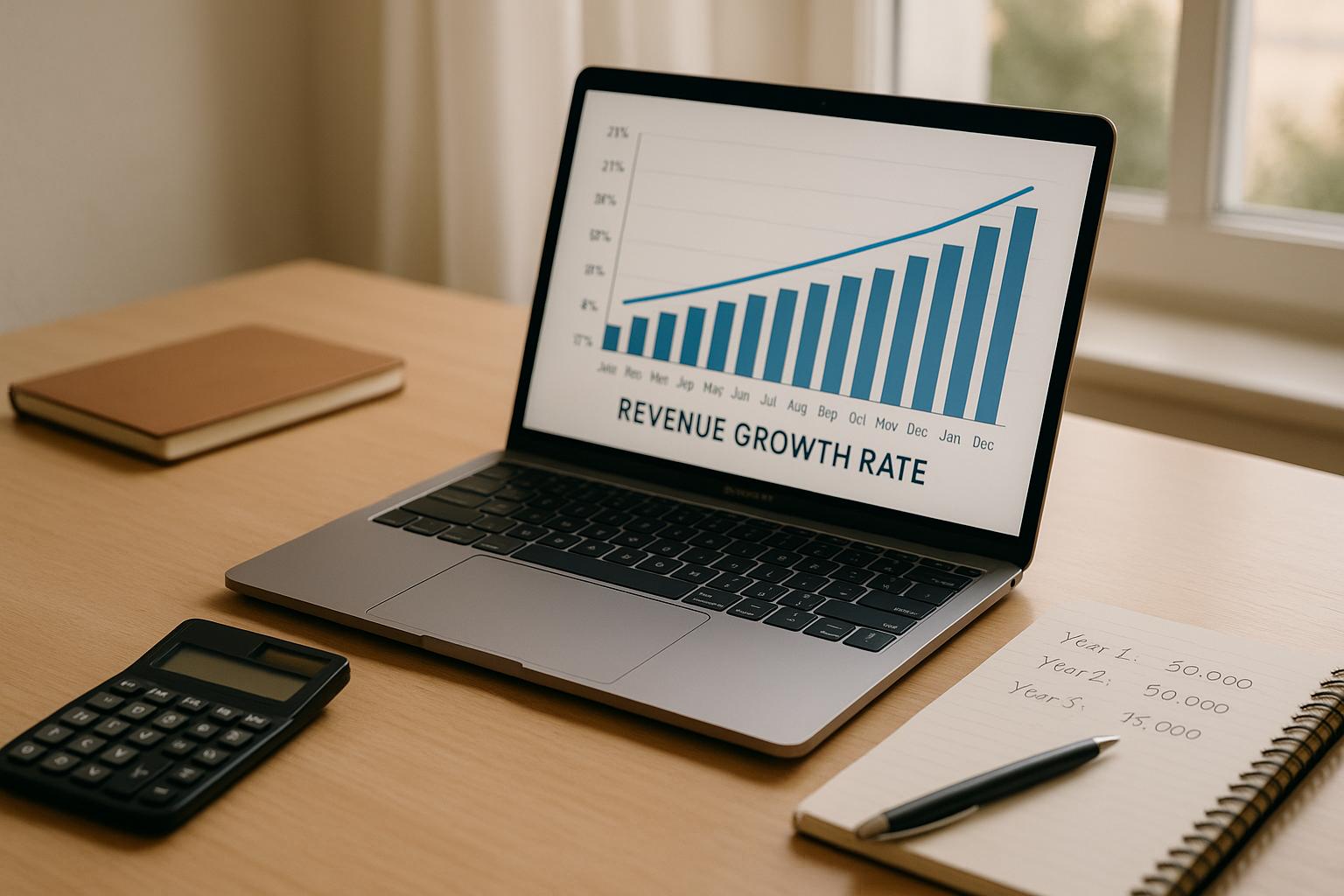Revenue Per Employee Benchmark Tool

Unlock Business Growth with a Revenue Per Employee Benchmark Tool
Running a business means constantly looking for ways to improve, and one of the most telling metrics is how much revenue each employee generates. This figure can reveal a lot about your operational efficiency and where you stand compared to competitors. Whether you’re in manufacturing, services, or tech, understanding this number is a game-changer.
Why Efficiency Metrics Matter
Efficiency isn’t just about cutting costs—it’s about maximizing output with the resources you have. A tool that measures revenue per staff member offers a quick snapshot of performance. For instance, if you’re in retail and your numbers lag behind the typical standard, it might signal a need to rethink staffing or sales strategies. On the flip side, exceeding the norm could mean you’ve got a winning formula worth scaling.
Beyond the Numbers
Tools like these aren’t just calculators; they’re a window into your business health. Pairing this insight with actionable steps—like investing in training or tech—can set you on a path to sustainable growth. Curious where your company stands? Plug in your data and see how you measure up against industry peers. It’s a small step that could spark big ideas.
FAQs
What is revenue per employee, and why does it matter?
Revenue per employee is a simple metric that shows how much revenue your business generates for each full-time staff member. It’s calculated by dividing your total annual revenue by the number of employees. This number is a powerful indicator of efficiency—higher values often mean your team or processes are optimized, while lower values might highlight areas where you could streamline operations or boost output. Comparing it to industry benchmarks helps you see if you’re keeping pace with peers.
How are the industry benchmarks determined?
The benchmarks in this tool are based on aggregated data and averages from publicly available industry reports. For example, technology companies often average around $300,000 per employee due to high-margin products, while retail might sit closer to $150,000 because of different cost structures. These figures are meant as a general guide to give you context, but keep in mind that every business is unique, and factors like location or business model can influence your numbers.
What should I do if my revenue per employee is below the benchmark?
Don’t panic if your numbers are below the industry standard—it’s just a starting point for analysis. Look at areas like employee training, process automation, or even pricing strategies to see where you might boost efficiency or revenue. Sometimes it’s about working smarter, not harder. If you’re way off the mark, consider consulting with a business advisor to dig deeper into your operations. Small tweaks can often lead to big gains over time.




